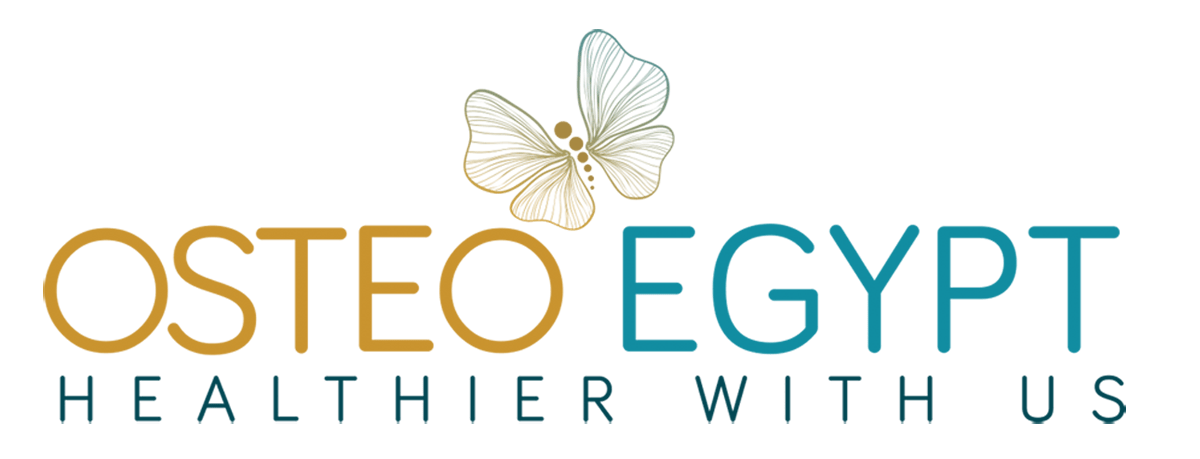What Is Osteopathy?
Osteopathy is a form of drug-free non-invasive manual medicine that focuses on total body health by treating and strengthening the musculoskeletal framework, which includes the joints, muscles and spine. Its aim is to positively affect the body’s nervous, circulatory and lymphatic systems. This therapy is a unique holistic (whole body) approach to health care. Osteopaths do not simply concentrate on treating the problem area, but use manual techniques to balance all the systems of the body, to provide overall good health and wellbeing.
Short History Of Osteopathy:
Osteopathy began as an intended reform to medicine in the 1870′s by Andrew Still MD, a Missouri Civil War Surgeon (1828 to 1917). He founded Osteopathy on the principle that the best way to fight disease was by naturally stimulating the body’s immune system. Dr. Still spent years developing a healing science that could restore normal function and freedom of tissues through a practitioner’s sensitive manual diagnosis and manipulation of tissues and fluid.
Still did extensive anatomic and physiologic study and developed treatment protocols consistent with his studies, termed osteopathic manipulation. He expressed himself in terms of mechanical and electrical principle consistent with the science of his day. As a result of his clinical success, he was encouraged to teach others his methods and in 1892 opened the American School of Osteopathy in Kirksville Missouri. Success of his students lead to the rapid spawning of other schools.
Early political activity and response to the pressure for medical reform led American osteopaths to become licensed as physicians and progressively integrated a significant portion of medical science. Later activity in the 1950′s led to parity of osteopathic physicians with medical doctors. As a result, osteopaths are variable committed to the practice of the manual aspect of the tradition.
Formalization of a number of more standardized methods than those taught by Still have led to a diversity of treatment. Osteopathy in the Cranial Field, formalized by William Sutherland, is one such methods as are Muscle Energy, Connective Tissue Release and Counter Strain are other such methods.
Still has identified the musculoskeletal system as a key element of health. He recognized the body’s capability to heal. He stressed preventative medicine, eating property and keeping fit (which mainstream America whole heartedly embraced in the 1970s). He identified palpation and the human touch as vital to gaining patient confidence and providing effective medical care. And he stressed manipulation as a less intrusive from of diagnosis and treatment. Currently, many Americans seek procedures and therapies that are less invasive and less likely to escalate cost or engender side effects. Today, DOs offer mainstream medical care mainstream medical care with a difference. Dr. Still maintains a loyal following of physicians throughout the world. His work has been advanced by several generations of Osteopaths. Their reward for practicing Osteopathy has been the recovery and well being of many of their patients.
The philosophy of Osteopathy:
The key principles are based on all parts of the body functioning together in an integrated manner. If one part of the body is restricted, then the rest of the body must adapt and compensate for this, eventually leading to inflammation, pain, stiffness and other health conditions. When the body is free of restrictions in movement, Osteopathic treatment assists the body with pain minimization, reduced stress and greater mobility providing the body with the opportunity to heal itself.
